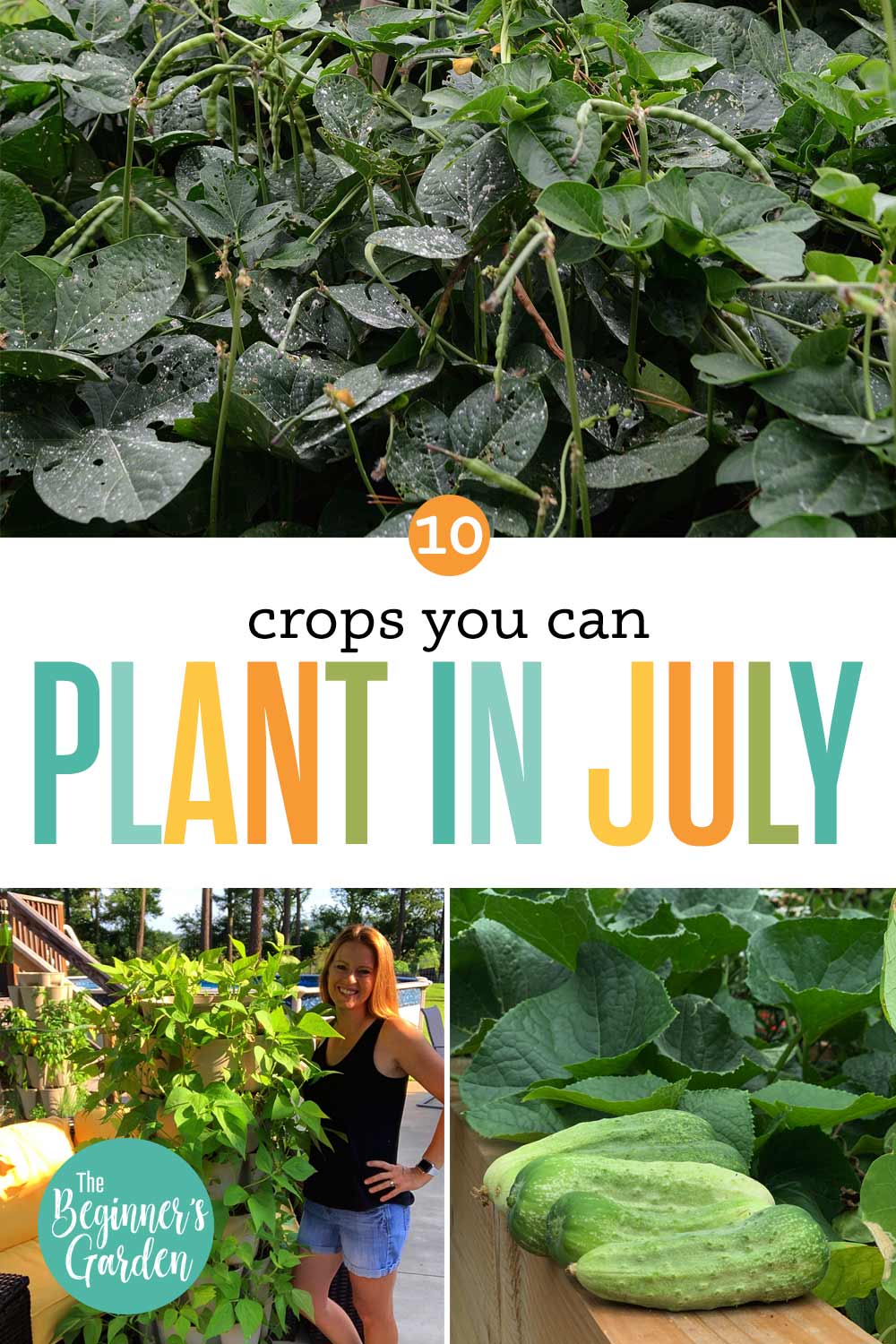10 Crops You Can Still Plant In July
Do you sometimes look at your garden in the middle of the summer and notice empty spots where some crops have come out or tired plants that need to be pulled?
You may assume it’s too late in the year to plant anything new and still get a harvest before the cool weather comes, but that’s not true.
For the most part, we can all plant these crops in July and still get a harvest off of them this season. There are a few climate considerations you need to think about with some of these crops, especially if you live in a cooler climate.
But for most of us, these ten crops we can still plant in July and get a harvest in the fall.
Bush Beans
This one for me is a go-to favorite option for a mid-summer planting. My family eats a lot of beans and I can always grow more. Using some empty spots in the garden in July is always a great way to add in more bush beans. Since they are quick to come to harvest and usually flush all their fruit at once, it makes it easy to add in one more round to preserve or to eat fresh.
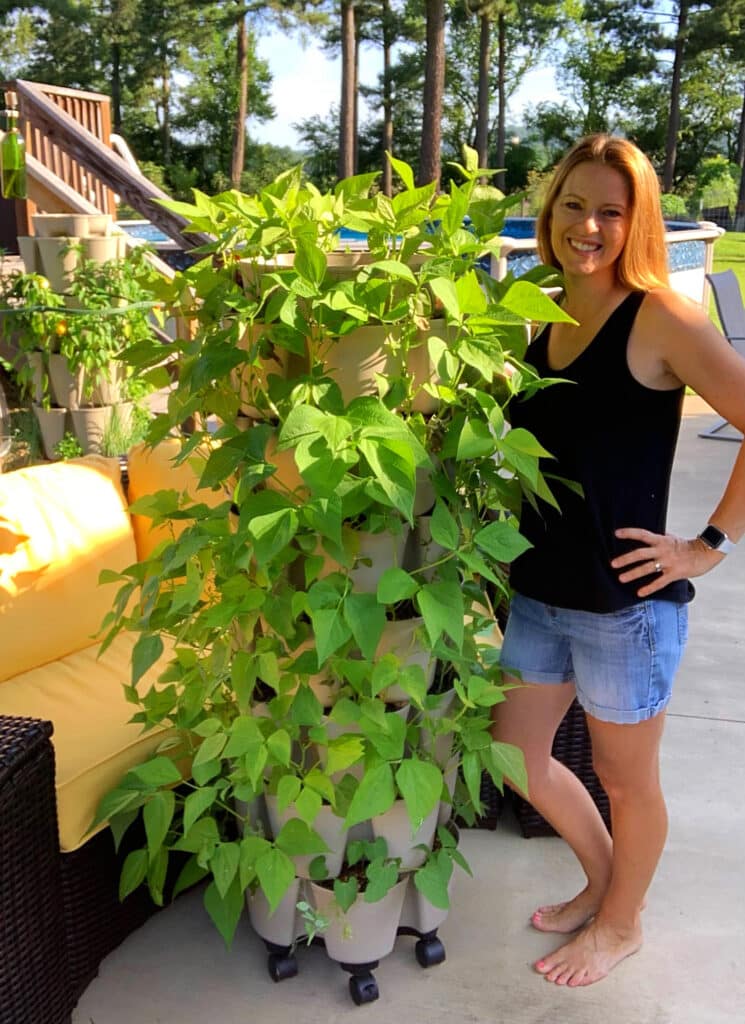
My favorite way to tuck in another bush bean planting is in my Greenstalk Vertical Planter (*affiliate link).
Squash & Zucchini
Whether you didn’t have space earlier in the year for squash and zucchini or your plants are looking worse for wear at this point in the season, you can still plant more. Since this crop comes to fruit in just a couple short months, you still have plenty of time to get the seeds in the ground. At this point in the year, the soil is warm and the seedlings will sprout in just a few days..
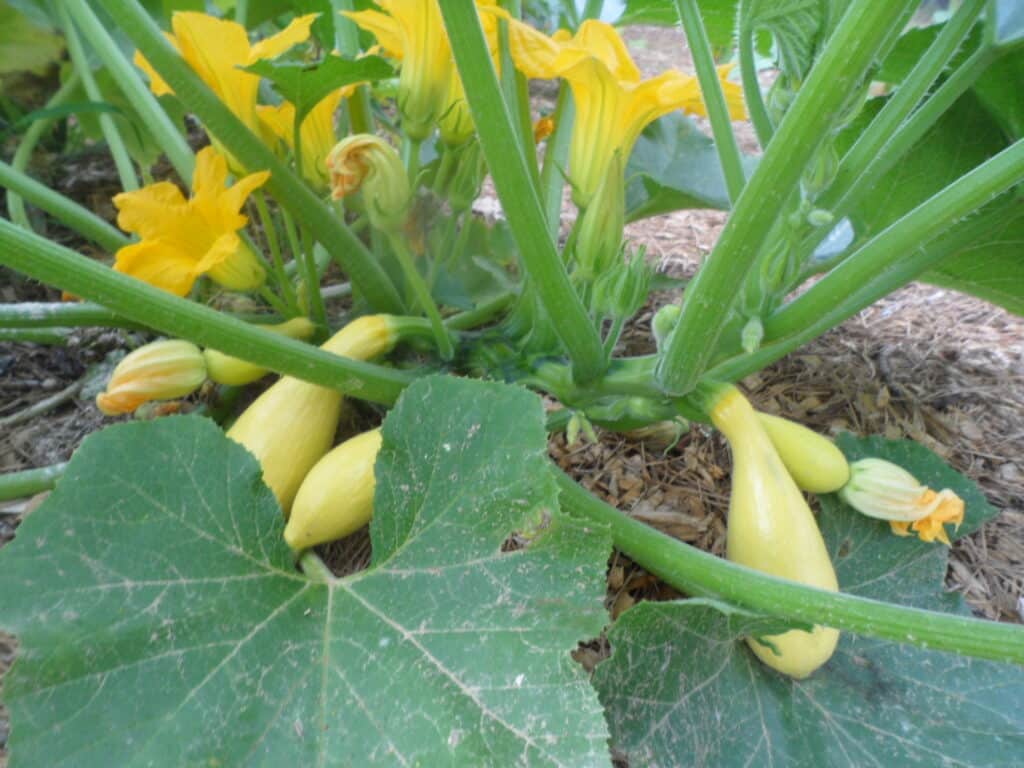
In fact, in my long season, I typically plant three plantings of squash and zucchini — April, June/July, and August. That way, I can take out pest-infested plants because I know I have more coming along.
Cucumbers
Planting cucumbers later in the season offers more benefits than you may realize. Cucumbers sprout quickly in the warm summer soil, and they love the heat of the summer.
They do need something to climb on so make sure you have some sort of trellis they can climb. You can also plant them in grow bags or containers if you have a bush variety. Cucumbers will come to harvest in just a few quick months and you can make pickles in the early fall or enjoy fresh salad cucumbers until your first frost.

Tomatoes
Yep, you read that right. Tomatoes still have time to come to a harvest if you plant them now. Depending on where you live, the best option would be to or purchase a transplant. For best results, choose a smaller tomato that will harvest faster, unless you live in a hot climate where you can grow tomatoes throughout the fall.
Just make sure you try and plant tomatoes in the evening since they are prone to transplant shock if you plant them in the heat of the day. This mid-season planting is a great option if you’ve had issues with disease or pests in the earlier part of the year. This can also give you some unexpected extra tomatoes to preserve or enjoy later in the year.
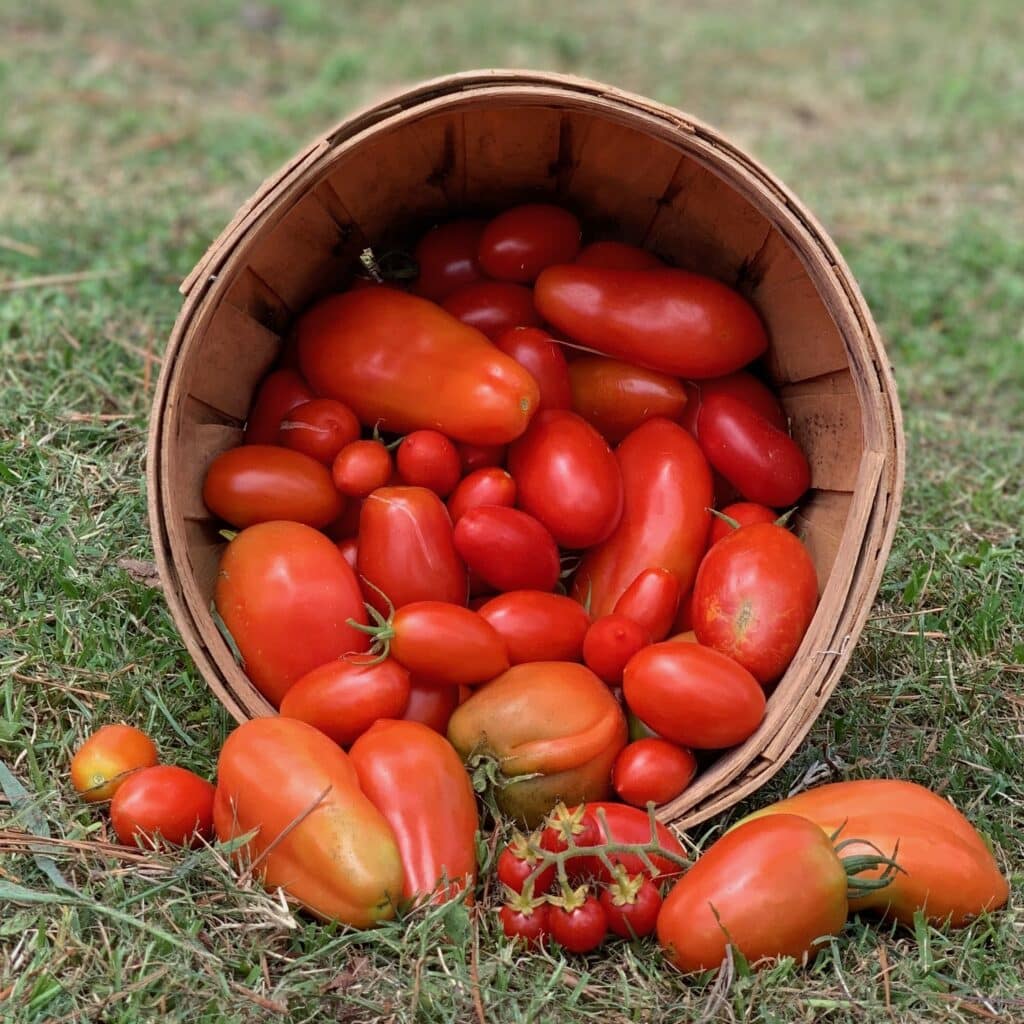
Corn
Corn is a perfect option for a mid-summer planting. I actually prefer to wait until July to plant my corn because spring and early summer storms tend to blow down early corn plantings. Plus, often spring crops have harvested by then, leaving generous space that corn needs.
One thing to note with a mid-summer planting of corn is to make sure to keep the area well-watered. Heading into the hottest season of the year, soil dries out much faster, and corn itself requires more water than most crops. Before you plant, have an irrigation method in place.
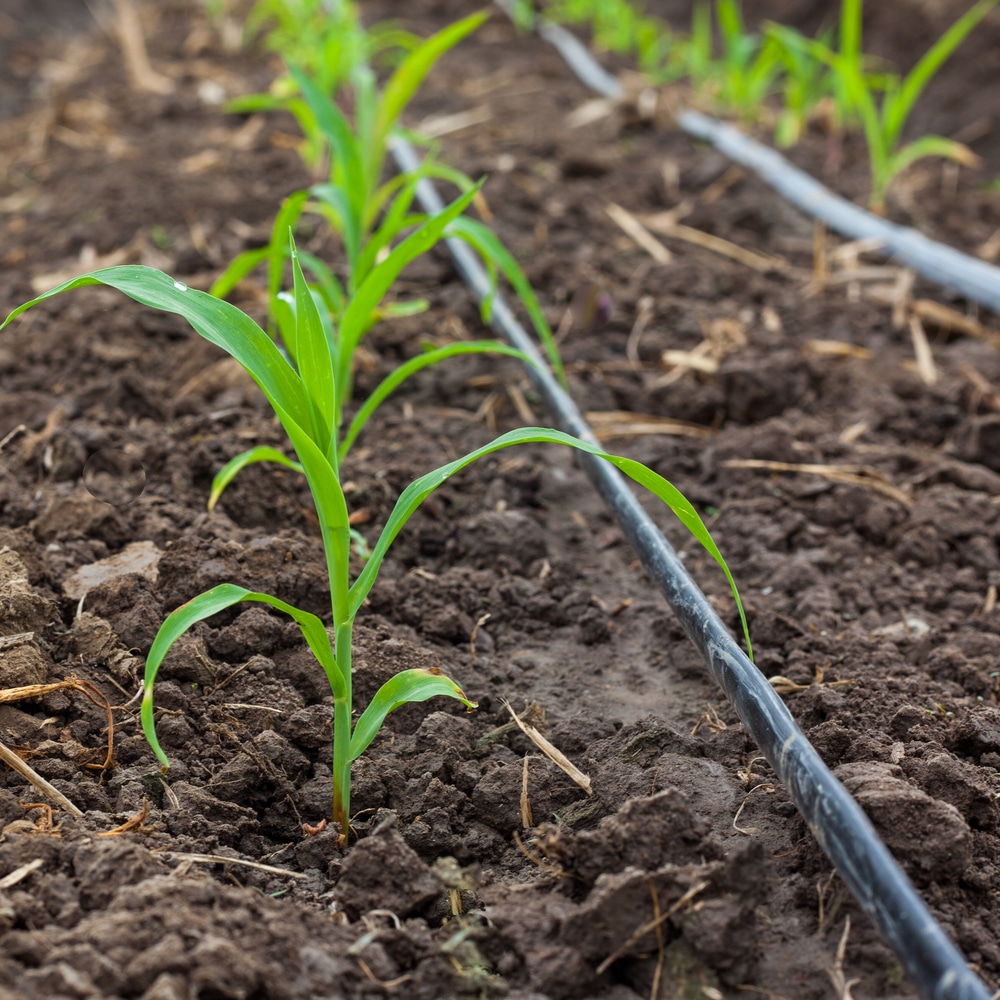
Okra
If you live in an area where your summers get hot, this is definitely a crop that will thrive in your area. Okra germinates fast in the warm soil and grows fast in 90 degree heat or above. Once the pods begin to form, you will want to harvest daily simply because that’s how fast they grow. If you can choose a short season variety, you will be able to get more harvest before the first frost comes in the fall.

Peppers
For most parts of the country, there is still plenty of time to plant peppers. This would require purchasing transplants from the store but you still have time to get a harvest. Peppers love the heat and will grow well during this time of year. You can still get a great harvest of bell peppers or you could even try some specialty peppers like Cayenne or Banana Peppers.
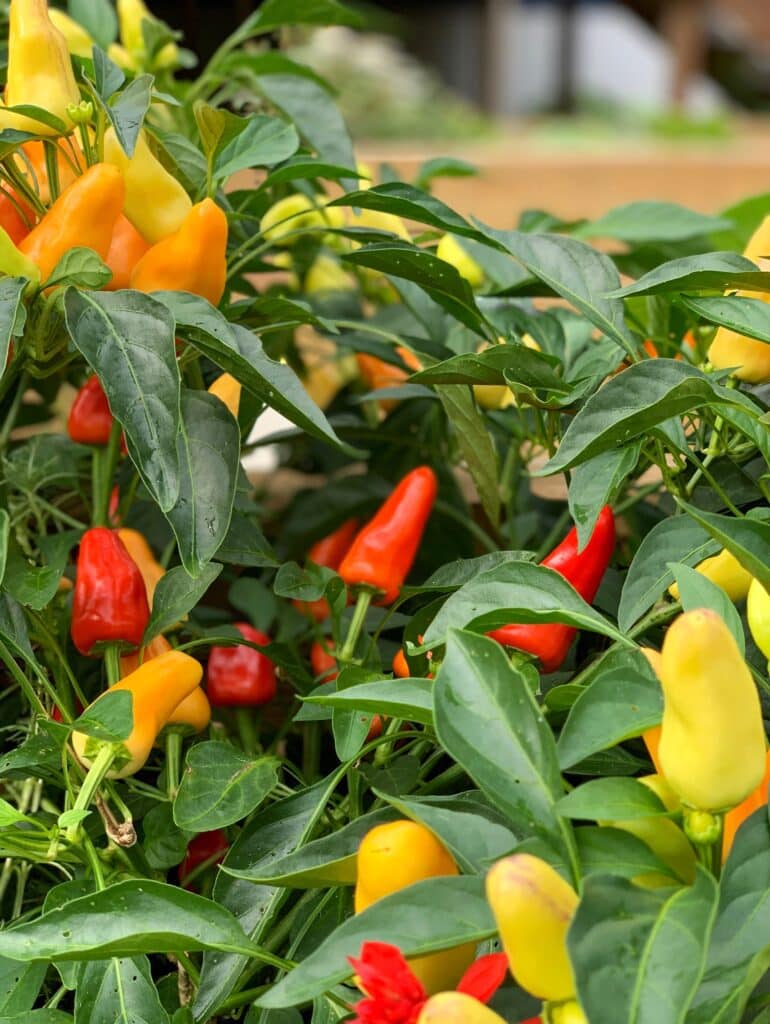
Black Eyed Peas
Cowpeas are another option for those of us who live in warm climates. Black eyed peas or purple hull peas grow well in the heat and will produce a great crop for you even at this point in the season. They do like to climb so having a trellis for them to grow on will keep your harvest off of the ground. This will give you a crop in the fall to freeze or can to enjoy over the winter.
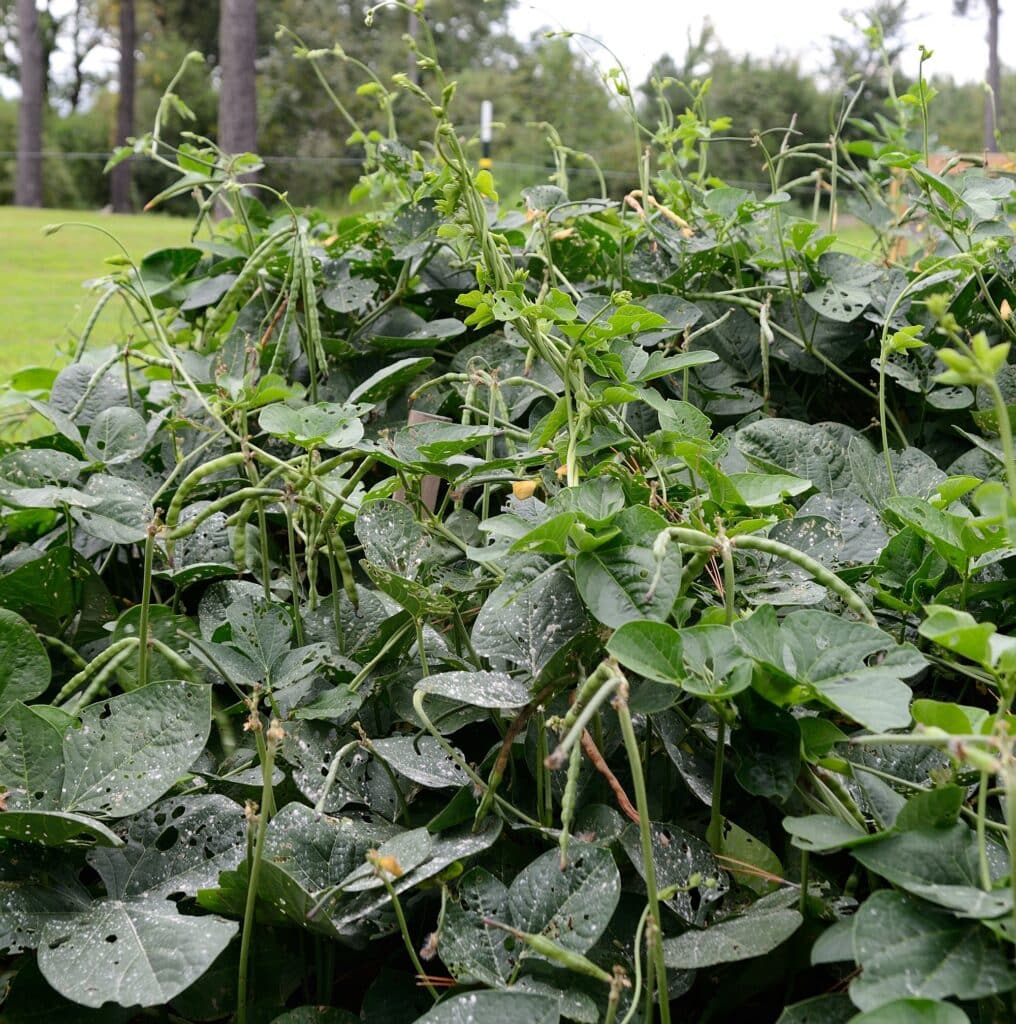
Sweet Potatoes & Potatoes
While these plants may grow very differently, they could both be planted in July for a fall harvest. Sweet potatoes love the heat and if you have an open trellis from some spring crops that you pulled out, they can climb up it and grow well.
Potatoes on the other hand can be saved from your spring crop and replanted for a fall crop. This works well especially if you don’t get hard freezes until November.
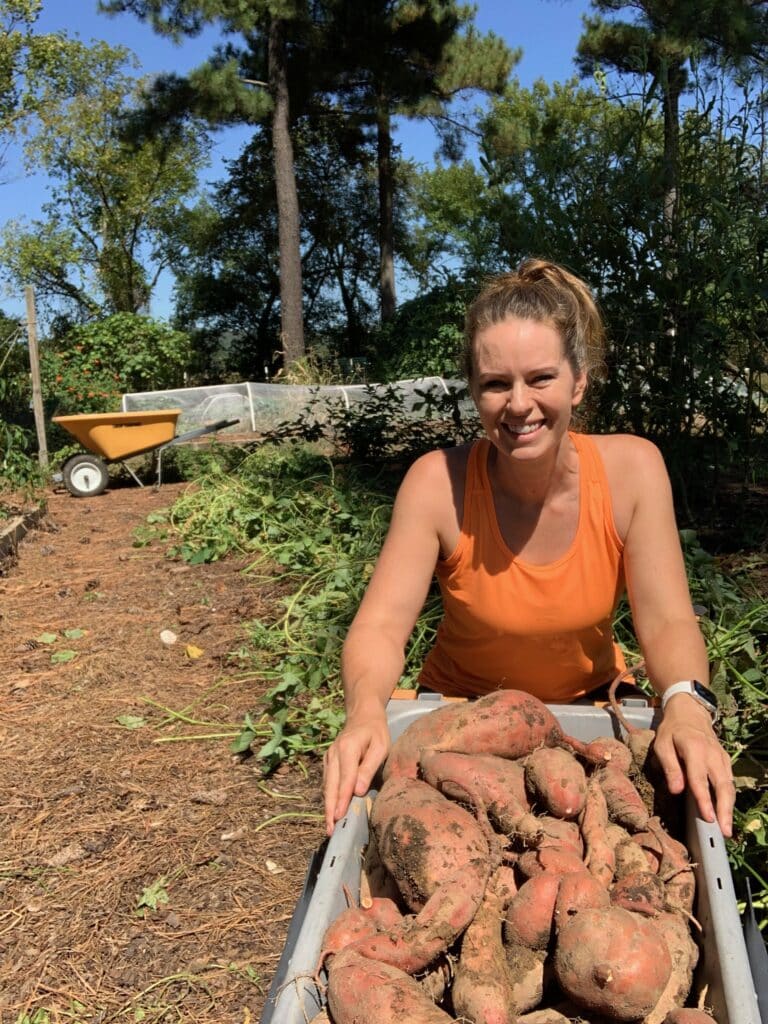
Basil
Basil seeds can be directly sown into the ground this time of year. They will sprout well and grow quickly in the heat. You can harvest the leaves to make pesto or use in different sauces and dishes. One thing to look out for with planting the basil now is making sure that it doesn’t flower since that will change the flavor of the leaves. Simply pinching off the flowers before they fully form will help keep that from happening.
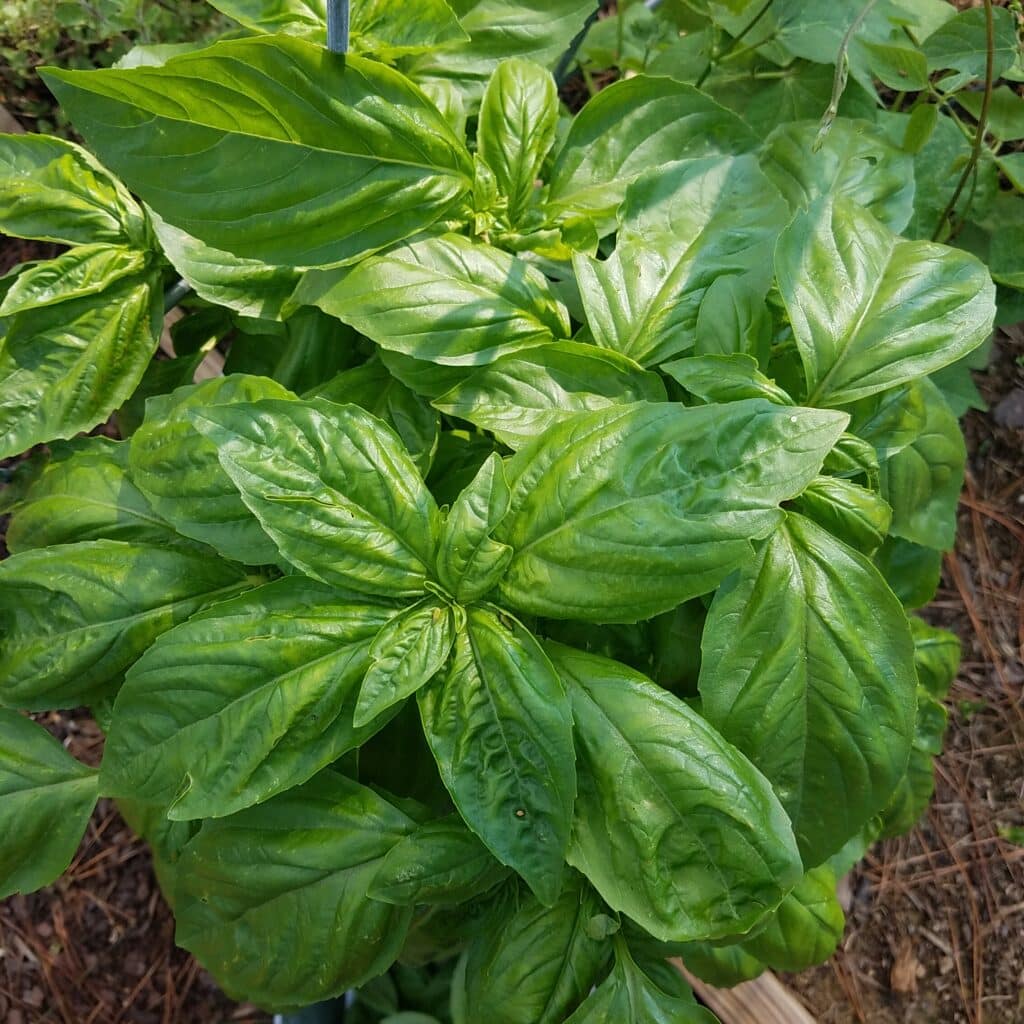
When Is Your First Frost?
All of the crops listed are summer crops and will be killed by a frost. If you don’t already know when your first frost date is, you can click here to find out the average first frost for your area. After you know that date, you can count backwards to add up how many days you have left before that date.
Then, you can look at your seed packet or tag on the transplant and see how many days it would take to reach maturity for that crop. Then, add a couple of weeks for harvest. If you have more than that amount of days, you should be able to get a harvest. Remember though, this is an average so giving a few extra days for the plant to mature can be helpful to ensure you get a good harvest. If you want to see more about the summer crops, you can watch the video below.
A note on cool season crops planted for a fall harvest. It is simply too hot in July in warmer climates for those crops to be planted just yet. (We’re talking about crops like broccoli, cabbage, lettuce, etc.) You could, however, seed start them this month indoors and transplant them out in mid to late August. This will allow them to thrive since most of the country has cooled slightly by that point.
Do you get overwhelmed with garden planning?

Subscribe here for my best tips to plan your garden in just 7 days -- all for FREE.
Plus, I'll send you my "In the Garden E-mail" on Fridays, periodic updates on garden resources relevant to you, and you'll receive access to my entire bank of free garden downloads!
You are also agreeing to our privacy policy.

